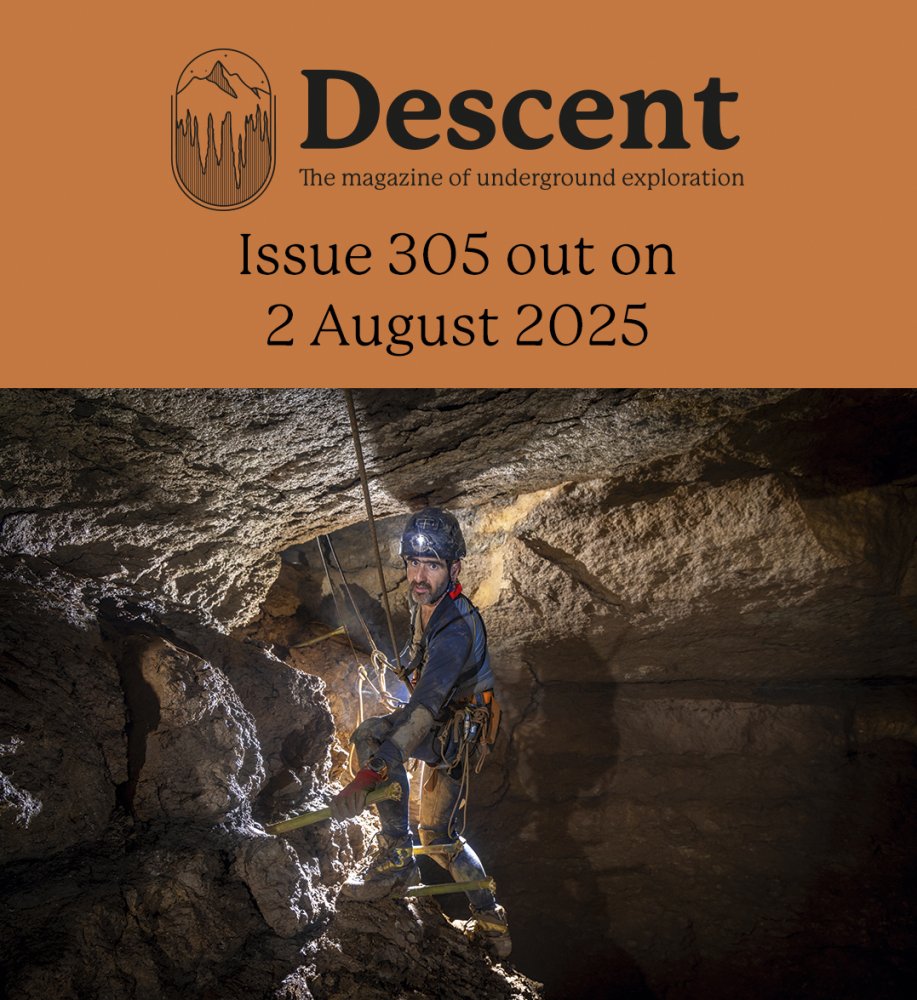Thanks. I've just scanned through some of the Google results and they make interesting reading. Some of the information seems to be contradictory unless I'm getting confused (not unknown). The earliest female (Lady, main subject of the documentary) seems to be mid-Bronze Age ca 3167 BP while the roe deer (had to look up what a ' capreolous' was!) were early mediaeval (605, 815 AD). The children's footprints were deduced to be no later than ca 1300 AD from the evidence. I'm still not sure if the wolves were there before or after the burials since there is a statement that they pre-date the human activity and another one that suggests the animal remains (the deer?) are typical of wolf denning activity. The most stunning (to me) dating listed was a female human skull fragment which was 1865 +/- 40. That's conceivably into the 20th C and potentially someone who could have been known to someone alive today!



